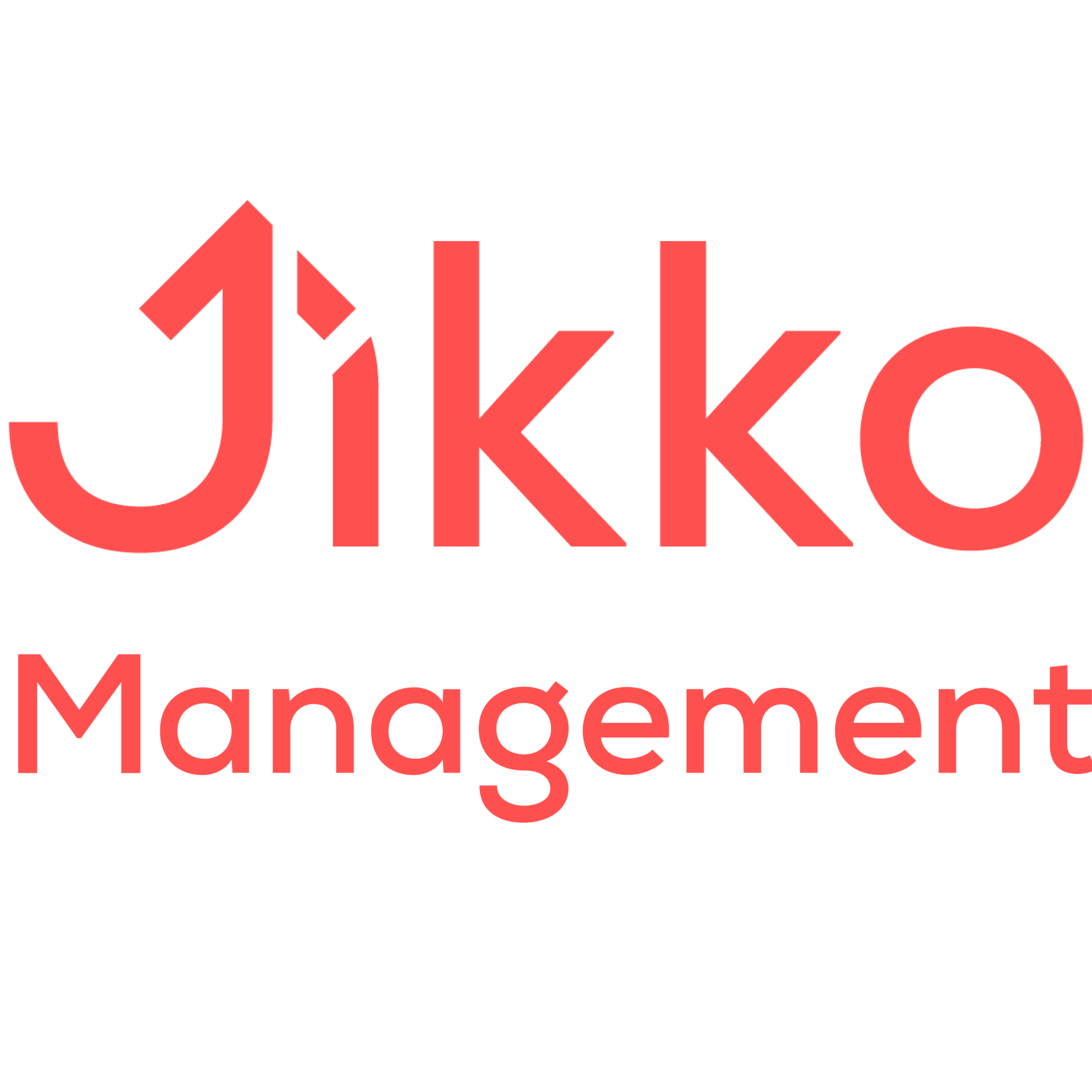1. Key Concepts - Order Management
In Order Management, understanding these foundational concepts is crucial for effective order processing. This section explores each concept, ensuring an efficient system.
Julie Petit
Last Update 2 tahun yang lalu
Manufacturing Order:
A manufacturing order represents a specific production task or work order to create a product. It typically includes details such as the product to be made, quantity, due date, and other production-specific information.
Production Batch:
A production batch refers to a quantity of products manufactured together as a group. It helps in managing production processes efficiently and ensuring product consistency.
Wastage Batch:
A wastage batch represents a group of products that are considered defective or unusable due to production issues. It helps track and manage the disposal or rework of such products.
Manufacturing Order Type:
Manufacturing order types define the various categories or classifications of manufacturing orders, such as make to order (MTO) or make to stock (MTS). They determine the order's purpose and handling.
Manufacturing Order Group:
A manufacturing order group is a way to organize multiple manufacturing orders that share common characteristics or production requirements. It simplifies the management of related orders.
Article:
An article refers to a specific product or item that can be manufactured, sold, or used in the production process. It includes product details, such as name, description, and specifications.
Customer:
A customer is an entity or individual who purchases products or services from your company. Customer information is vital for order processing and customer relationship management.
Make to Order:
Make to Order (MTO) is a production strategy where products are manufactured only when customer orders are received. It helps reduce excess inventory and meet specific customer demands.
Make to Stock:
Make to Stock (MTS) is a production strategy where products are manufactured in anticipation of demand, and they are kept in stock for immediate delivery when orders are received.
Sales Order:
A sales order is a document issued by a customer to request the purchase of products. It includes details such as product quantity, pricing, and delivery terms.
Purchase Order:
A purchase order is a document issued by a buyer to request the purchase of products or services from a supplier. It includes product details, quantities, pricing, and terms.
Project Number:
A project number is a unique identifier assigned to a specific project or task. It helps in tracking and managing project-related orders and tasks.
Manufacturing Order Priority:
Manufacturing order priority indicates the order in which manufacturing orders are scheduled and processed. Higher-priority orders are typically completed first.
Target Quantity:
The target quantity is the desired quantity of a product to be produced as specified in the manufacturing order. It serves as a production goal.
Target Scrap:
Target scrap represents the allowable waste or defective items that are anticipated during the manufacturing process. It helps in setting realistic production goals.
Manufacturing Order Unit:
The manufacturing order unit is the standard unit of measurement used to quantify the products being manufactured, such as pieces, kilograms, or liters.
Confirmed Shipping Date (CSD):
The Confirmed Shipping Date (CSD) represents the agreed-upon date on which a product or order will be shipped to the customer. It is a crucial element in order management, as it provides a specific timeline for the delivery of products, ensuring alignment with customer expectations and commitments.
Requested Shipping Date (RSD):
The Requested Shipping Date (RSD) is the date on which a customer or client requests the shipment or delivery of their ordered products. It serves as the initial preferred date for shipping according to the customer's needs or project timelines. In the order management process, the RSD is used as a reference point for scheduling and logistics planning.
Production Line:
A production line is a set of connected workstations and equipment where products are assembled or processed. It is a critical part of the production process.
Production Route:
A route outlines the specific sequence of steps and processes that a product follows during production. It includes workstations, operations, and time requirements.
BOM (Bill of Materials):
A Bill of Materials is a detailed list of components, materials, and sub-assemblies required to manufacture a product. It's essential for planning and managing the production process.
Standard Unit Cost:
The standard unit cost represents the expected cost to produce one unit of a product. It helps in cost estimation and price determination.
Material Availability:
Material availability refers to the availability of the necessary raw materials, components, or parts required for production. Ensuring materials are available is crucial for timely manufacturing.
Cycle Time Check:
Cycle time check is a validation process that ensures that the time required to complete a manufacturing operation or process is within acceptable limits.
Manufacturing Order Status:
Manufacturing order status indicates the current stage or progress of a manufacturing order, such as "draft", "created", "validated", "released", "completed", "closed" or "canceled."

